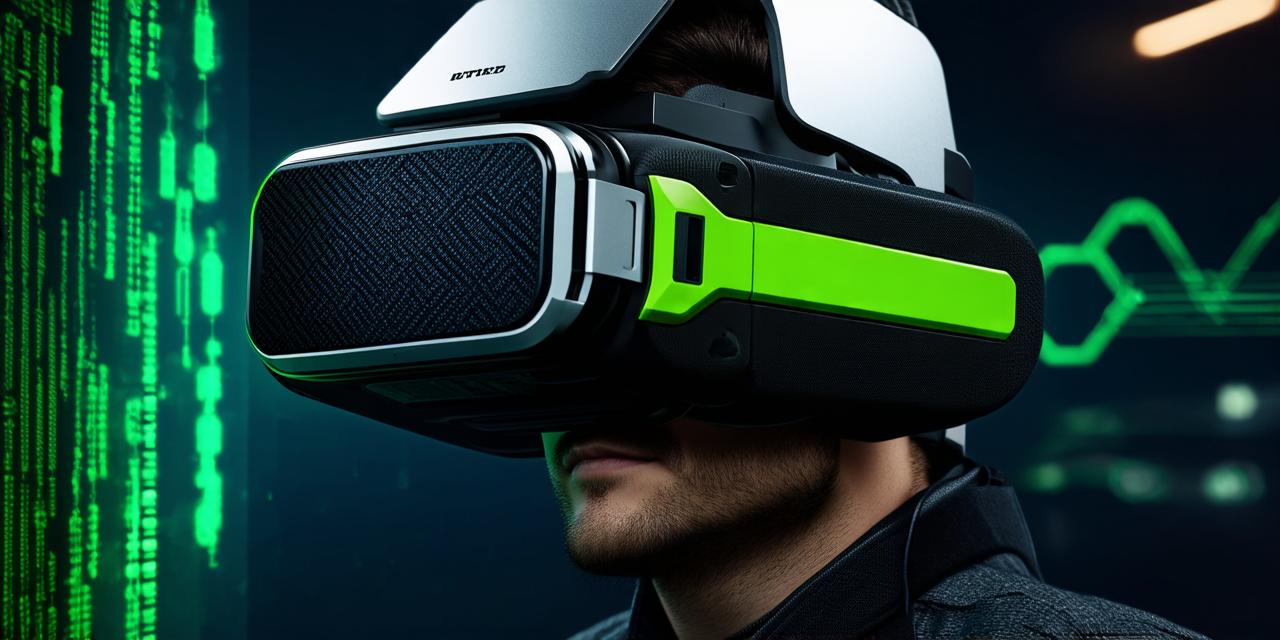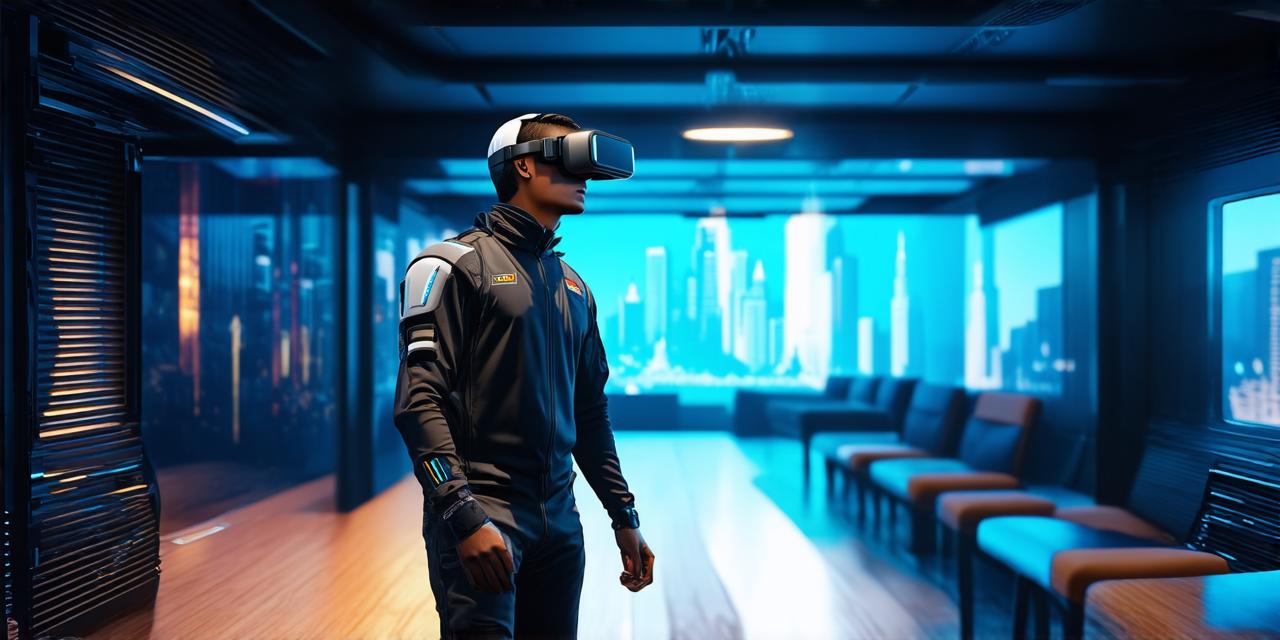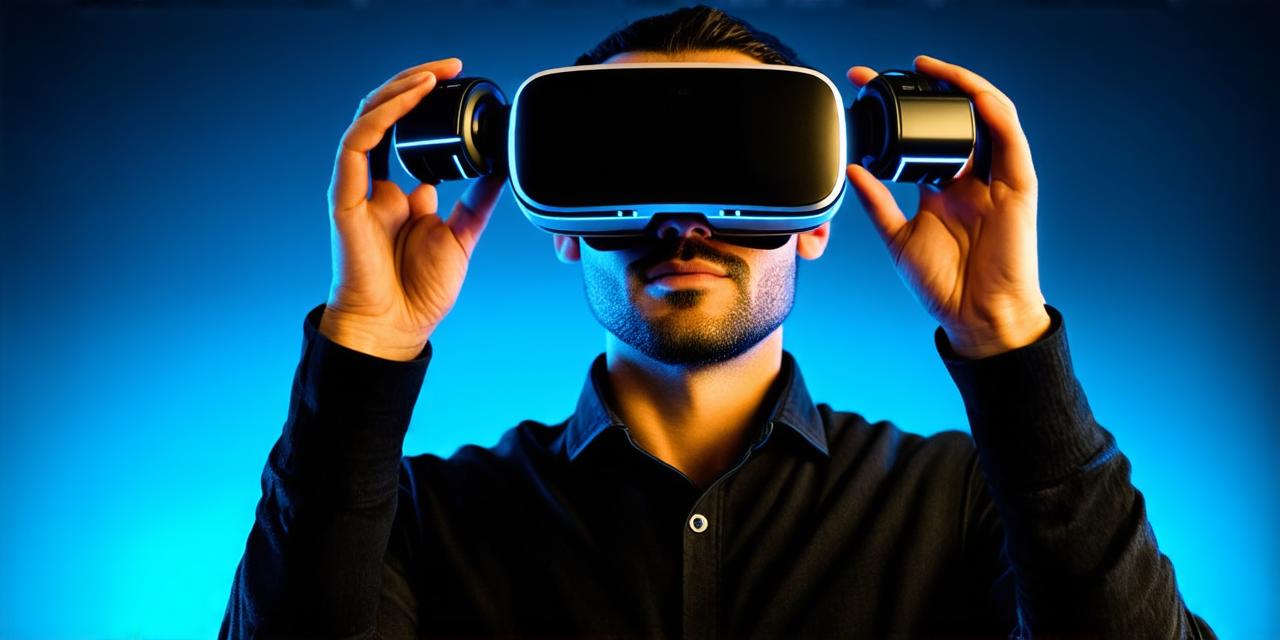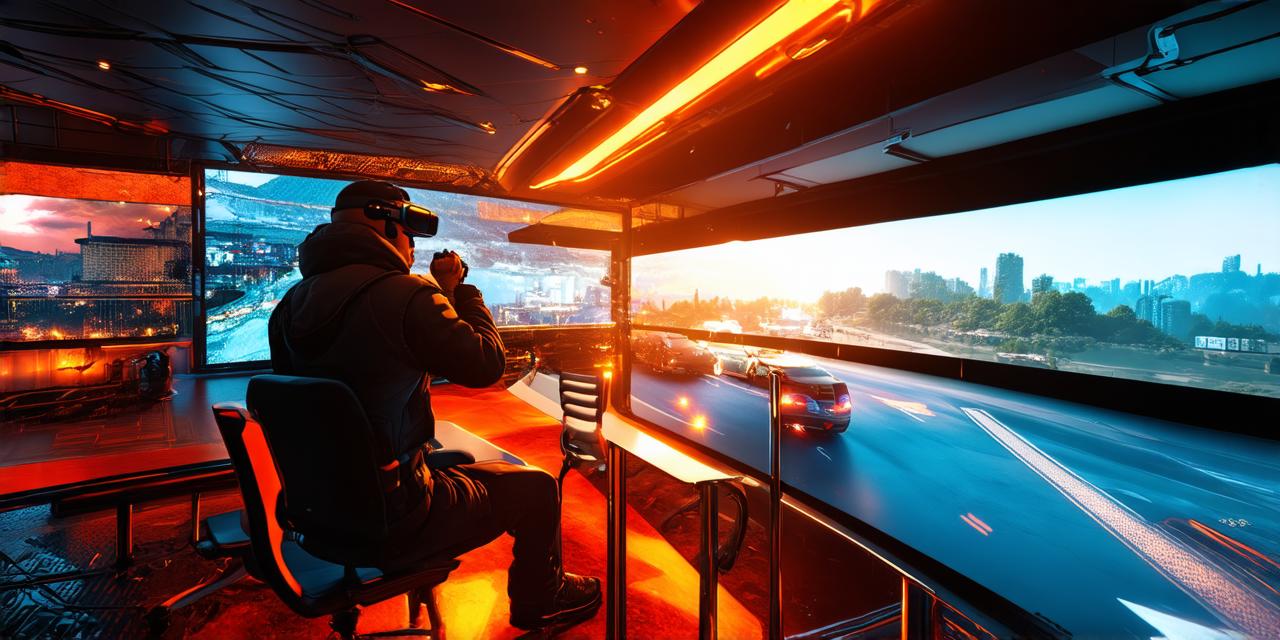Virtual reality (VR) refers to a computer-generated simulation of a three-dimensional environment that can be interacted with and explored by a user using specialized VR devices, such as headsets or gloves equipped with sensors. The aim of VR is to create an immersive experience that feels as if the user is physically present in the simulated environment.
How does virtual reality work?
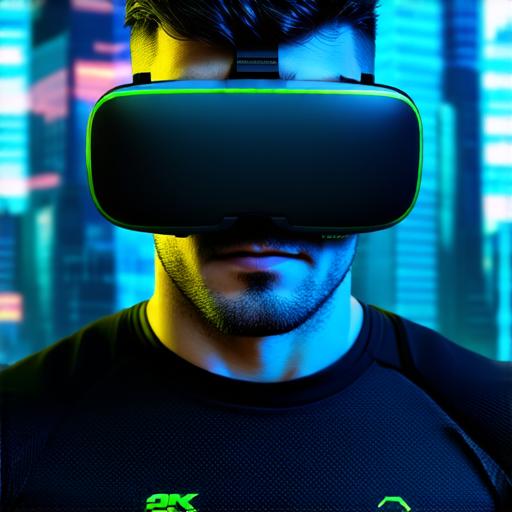
Virtual reality works by presenting the user with a 360-degree view of a simulated environment, typically through a headset or other device that tracks the user’s movements and adjusts the visual field accordingly. This allows the user to explore the environment and interact with objects within it using specialized hand controllers or other input devices.
What are the benefits of virtual reality?
Virtual reality has numerous potential applications in fields such as gaming, education, healthcare, and training. Some of the key benefits of VR include:
- Immersive learning experiences: Virtual reality can provide a safe and controlled environment for students to learn new skills or explore complex concepts in a way that is not possible in traditional classroom settings.
- Enhanced training and simulation: Virtual reality can be used to simulate real-world scenarios, allowing trainees to practice skills in a controlled environment before applying them in the field. This can help reduce the risk of accidents or injuries and improve overall job performance.
- Improved mental health and wellbeing: Virtual reality has been shown to be an effective tool for treating conditions such as anxiety, phobias, and PTSD. By creating a controlled and safe environment, VR can allow individuals to confront their fears and improve their mental health.
What are the limitations of virtual reality?
Virtual reality is not without its limitations. Some of the key challenges facing VR technology include:
- High cost: Virtual reality hardware and software can be expensive, which may limit access to the technology for some individuals and organizations.
- Limited interactivity: While virtual reality can create a highly immersive experience, it can be difficult for users to physically interact with objects within the simulated environment. This can limit the potential applications of VR in fields such as manufacturing or construction.
- Motion sickness: Some users may experience motion sickness when using VR devices, which can limit their ability to fully immerse themselves in the virtual environment.
In conclusion, virtual reality is a powerful tool that has the potential to revolutionize the way we learn, train, and interact with technology. While there are certainly limitations to the technology, ongoing research and development are helping to overcome these challenges and expand the possibilities of virtual reality in a wide range of applications.
